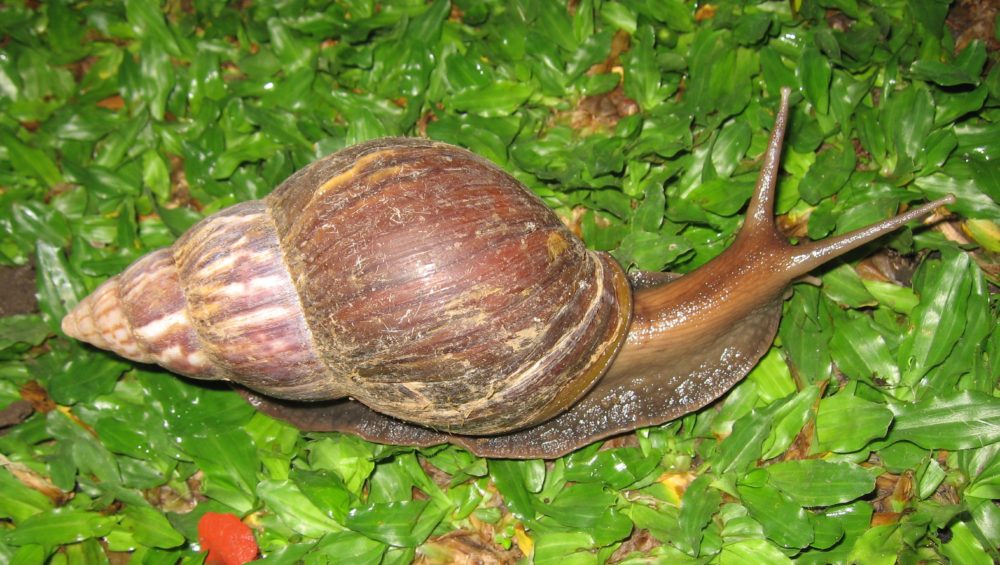Origin– The sulcata tortoise is a species of tortoise which inhabits the southern edge of the Sahara desert, in northern Africa. It is the third largest species of tortoise in the world and the largest species of mainland tortoise (not found on an island). They will spend the hottest part of the day in burrows that they make.
Family– Testudinidae.
Lifespan– 50-150 years, though they can live much longer. (The oldest in captivity is 54 years, located in the Giza Zoological Gardens, Egypt, 1986).
Diet– Sulcata tortoises are herbivores. Primarily, their diet consists of many types of grasses and plants. Their diet is high in fibre and very low in protein. The consumption of too much protein can cause their shells to take on a pyramid appearance. Feeding of fruit should be avoided.
Description– Adults are usually 24 to 36 inches long and can weigh 100-200 pounds.
Gestation- Copulation takes place right after the rainy season, during the months from September through to November .Sixty days after mating, the nest is dug and the female begins to lay an egg every three minutes. Clutches may contain 15-30 or more eggs. After the eggs are laid, the female fills in the nest, taking an hour or more to fully cover them all. Incubation takes from 90 to 120 days





